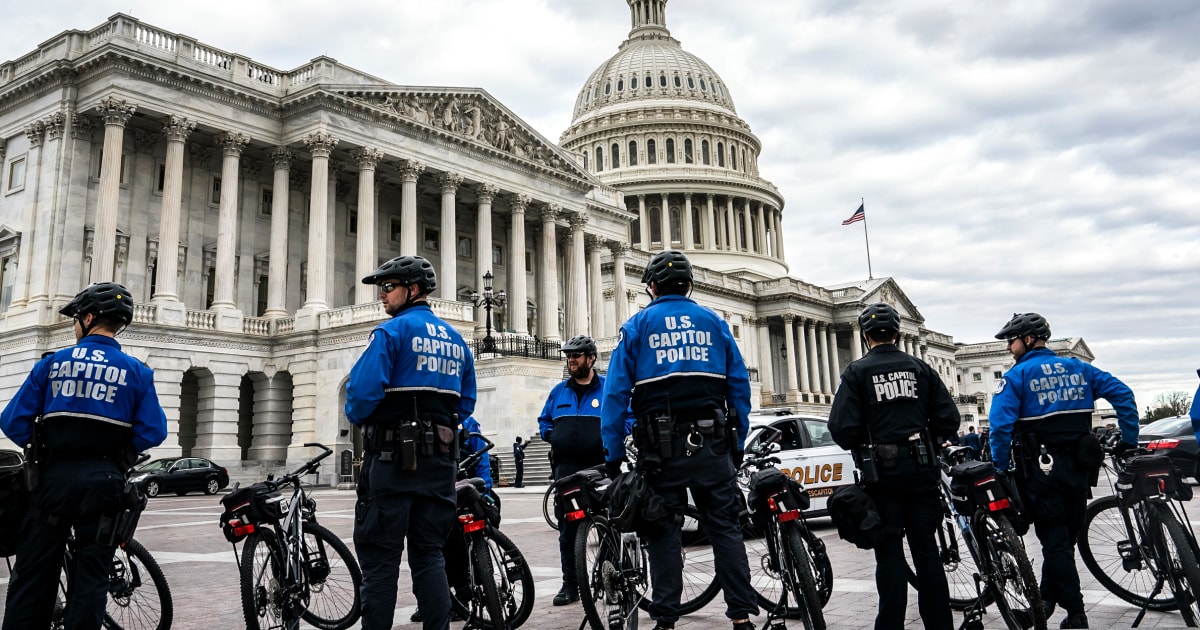Key takeaways:
- The U.S. Capitol Police investigated 7,501 potential threats against members of Congress in 2022.
- The tallies include investigations into “concerning statements and direct threats” and the number of threats against Democrats and Republicans has been roughly equal.
- The U.S. Capitol Police have implemented additional security measures, such as increased surveillance and the deployment of National Guard troops, in order to protect members of Congress and the Capitol complex.
Two years after the January 6 Capitol riot, the U.S. Capitol Police have investigated 7,501 potential threats against members of Congress in 2022. This number is historically high, but slightly down from 2021, when there were 9,600, and 2020, when there were 8,600 cases of potential threats against federal lawmakers.
U.S. Capitol Police Chief Tom Manger said in a statement that the threats against Members of Congress are still too high. The agency has been working to expand its investigative capabilities and protection responsibilities in response to the increased threats.
The tallies include investigations into “concerning statements and direct threats,” and police said the number of threats against Democrats and Republicans has been roughly equal. Last year’s numbers marked the first decline in at least five years but remained “historically high,” nearly double the 3,939 cases investigated in 2017.
The January 6 Capitol riot, which left five people dead and dozens injured, was a stark reminder of the need for increased security measures. The U.S. Capitol Police have since implemented additional security measures, such as increased surveillance and the deployment of National Guard troops, in order to protect members of Congress and the Capitol complex.
The U.S. Capitol Police are continuing to investigate potential threats against members of Congress, and are working to ensure the safety of the Capitol complex. The agency is also working to increase public awareness of the need to report any suspicious activity or potential threats.



Be First to Comment